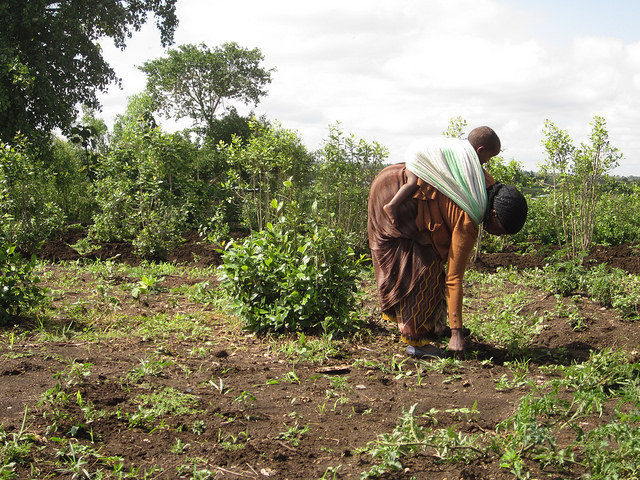 There is a need for sustainable agriculture in Ethiopia because the sustainability of agriculture affects other needs such as food security and water. Food security is accomplished through small-scale irrigation projects which allow communities to produce food and cash crops, vegetables and fruits at least twice a year. Markets are also able to expand beyond local consumption and goods are transported to larger centers, thus bringing in income.
There is a need for sustainable agriculture in Ethiopia because the sustainability of agriculture affects other needs such as food security and water. Food security is accomplished through small-scale irrigation projects which allow communities to produce food and cash crops, vegetables and fruits at least twice a year. Markets are also able to expand beyond local consumption and goods are transported to larger centers, thus bringing in income.
Steps to develop sustainable agriculture in Ethiopia include training farmers in better agricultural practices, giving farmers improved seed and holding activities to manage natural resources such as soil and water. These types of projects also lead to opportunities for off-farm activities, including work opportunities for women, and encourage long-term participation for a sustainable system.
There continues to be efforts toward establishing water and food security in order to allow people to feed themselves and have access to nearby, safe water. According to the organization Rainbow for the Future, irrigation development projects are one of the most innovative and successful methods of bringing water and food security as well as necessary infrastructure to people in remote rural regions.
Rainbow for the Future is a Canadian development agency dedicated to the organization and integration of sustainable development efforts in Ethiopia, aiming to help people help themselves. When pastoral groups have the land and water needed to properly cultivate, they are able to make a consistent living and need not rely on aid.
Rainbow for the Future, Westlock Growing Project, the Canadian Foodgrains Banks and other organizations have participated in around 60 projects over the past 20 years to address various sustainability issues. Examples include:
- Creating an accessible water supply, sparing women and young girls from walking five kilometers to fill a 60-pound container with contaminated water.
- Building new high schools and a vocational school closer to rural towns, enabling children to have a bright future and preventing them from facing violence when leaving their homes in pursuit of education or work.
- Improving grinding mills and grain stores to provide both food and income security.
- Providing accessible healthcare and medical facilities so people do not have to make a dangerous and difficult full-day’s walk to get help.
- Developing economic empowerment programs for women, including the establishment of women’s cooperatives and microloan programs.
Because of these types of partnerships and support, projects for sustainable agriculture in Ethiopia are able to be completed successfully and change is able to take place. The nation of Ethiopia is on its way to a more sustainable, brighter future.
– Julia Lee
Photo: Flickr
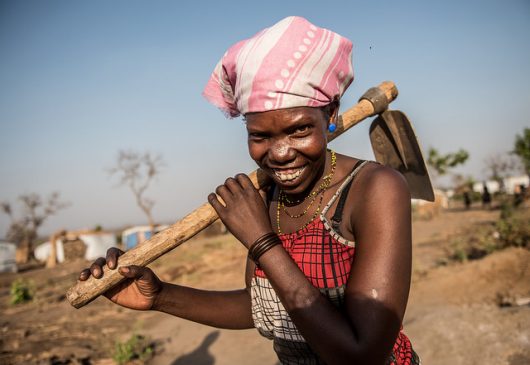
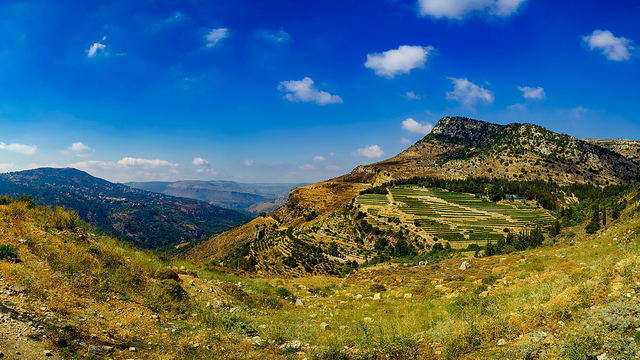 The famous concept of permaculture, developed first in 1978 by Bill Mollison and David Holmgren, has recently been integrated into the Lebanese agricultural system, particularly in the rural areas of the country.
The famous concept of permaculture, developed first in 1978 by Bill Mollison and David Holmgren, has recently been integrated into the Lebanese agricultural system, particularly in the rural areas of the country. 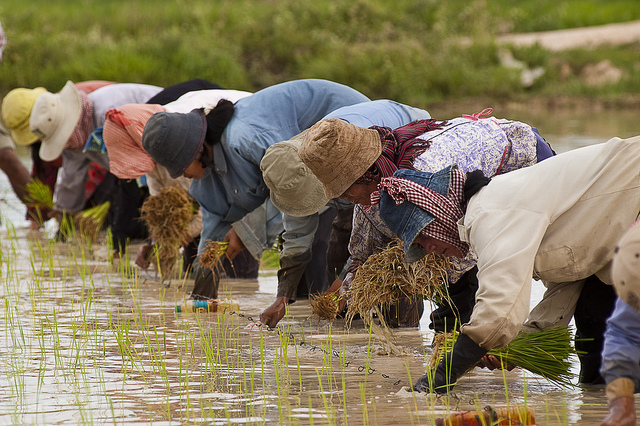 From 2004-2012,
From 2004-2012, 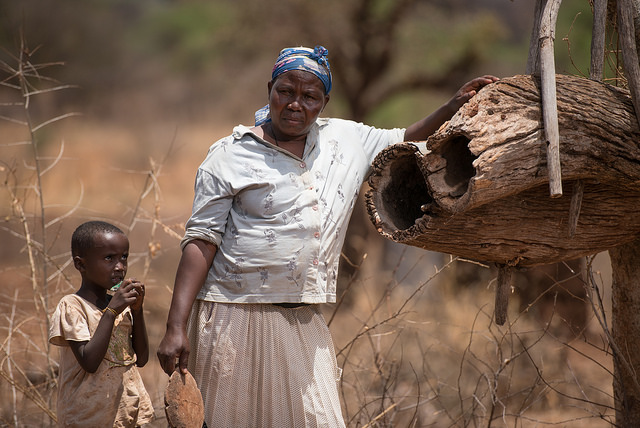
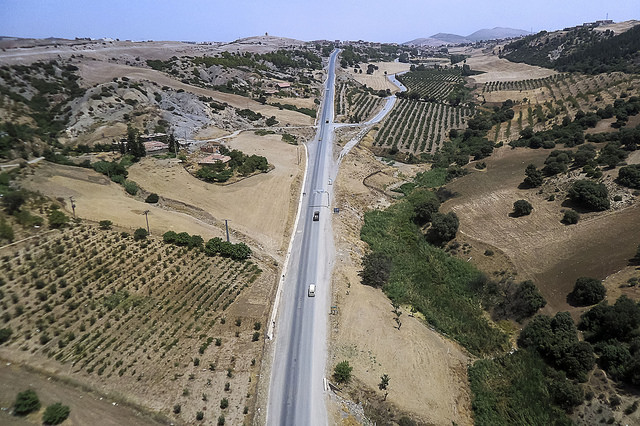
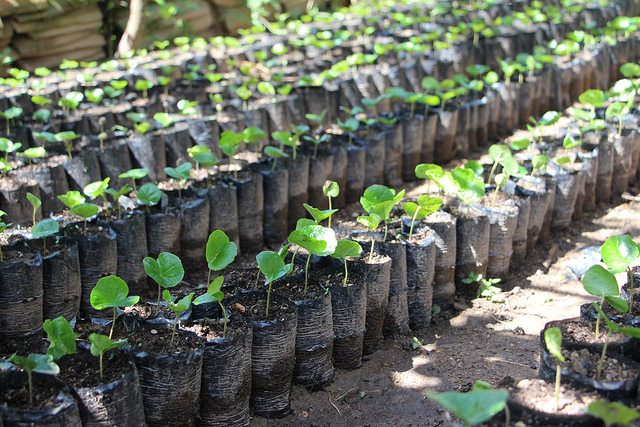
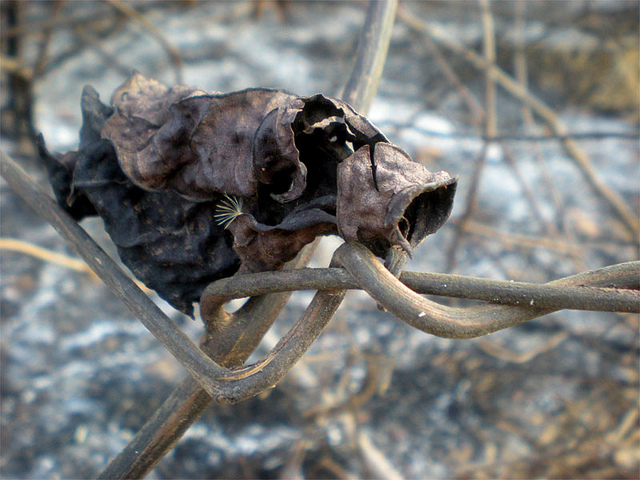 About 50 percent of the land and water that comprises
About 50 percent of the land and water that comprises 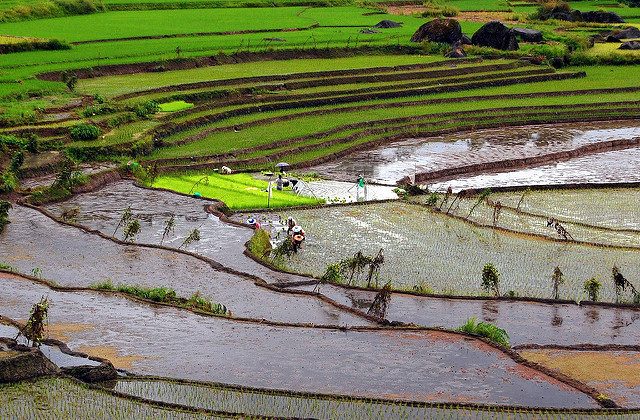 The Asian Food and
The Asian Food and 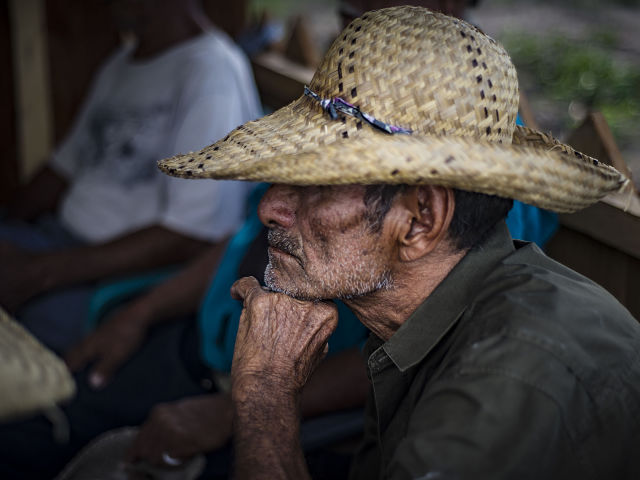 Paraguay is a small country in South America, bordering Brazil, Argentina and Bolivia. Landlocked and still trying to find its bearings after a draining
Paraguay is a small country in South America, bordering Brazil, Argentina and Bolivia. Landlocked and still trying to find its bearings after a draining 